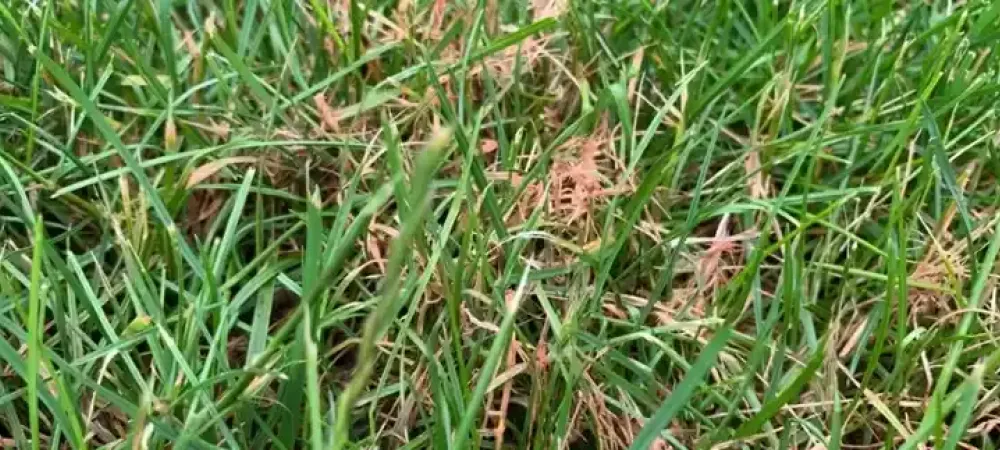Lawn Care, Dry Spots And Soil Compaction

Not all lawn issues are caused by pests or poor maintenance—sometimes it comes down to what's happening under the surface. If you're noticing uneven growth, dry patches, or poor performance despite regular watering, your soil may be the real culprit. Let’s break down some of the most common soil-related lawn problems and how to address them.
Dry Spots: More Than Just a Watering Issue
Localized dry spots in your lawn are usually a sign of uneven irrigation coverage. However, there can be other contributing factors:
- Soil composition, such as heavy clay, can prevent water from penetrating deep enough to reach roots.
- Environmental stressors, like reflective heat from a nearby building or north-facing lawn sections, can double sun exposure and dry out turf.
- Construction debris, such as buried chunks of cement, is common in newer neighborhoods and can block root development.
A soil surfactant (also known as a wetting agent) can help water penetrate more effectively, especially in areas with poor absorption.
Soil Compaction in Newer Homes
Homes built in the last two decades often suffer from soil compaction due to heavy construction equipment. In many cases, the topsoil was stripped away and replaced with just a thin layer, making it difficult for grass to thrive. To improve soil structure:
- Aerate your lawn twice a year.
- Topdress with compost, working it into the aeration holes to slowly rebuild healthy soil layers.
Over time, this approach changes your soil profile and leads to deeper roots and greener grass.
Why Rototilling Can Backfire
Thinking of starting fresh with rototilling? Be cautious. Rototilling an existing lawn without removing the sod first creates a tangled mess of roots and soil that’s difficult to level. You may end up with:
- Uneven grading
- Decomposing sod that causes bumps and dips
- Unexpected buried debris surfacing mid-project
Tip: Always use a sod cutter first before rototilling. Be prepared to discard buried debris that could affect your lawn's final appearance.
Soil Testing: Know Before You Grow
Before investing in major soil renovations, it’s smart to get your soil professionally tested. Our team at Grasshopper can perform professional soil testing to give you a complete picture of your lawn’s health, including:
- Organic matter content
- Cation exchange capacity (nutrient-holding ability)
- Fertility levels
- pH balance
With these insights, you’ll know exactly what amendments your lawn needs for long-term success.
Evergreen Trees vs. Lawn Grass
Evergreen trees and turfgrass don’t mix well. The needles from evergreens are highly acidic, which can kill grass growing underneath. If removing the tree isn’t an option:
- Use a bagging mower to collect acidic needles
- Replant under the tree 4x per year with perennial ryegrass
- Water regularly, as tree roots may prevent rainfall from reaching the grass
Trees add property value and natural sound barriers, so work around them rather than removing them without cause.
The Role of Lime in Lawn Health
There are three main types of lime used in lawn care:
- Calpril: Standard option for adjusting soil pH
- Dolomite: Adds magnesium as well as calcium, though most lawns don’t need the extra magnesium
- Gypsum: Doesn’t change pH, but helps break up heavy clay and adds calcium
Not sure which is right for your lawn? Our experts at Grasshopper Lawns can help you determine the best type and application rate for your specific soil needs.
